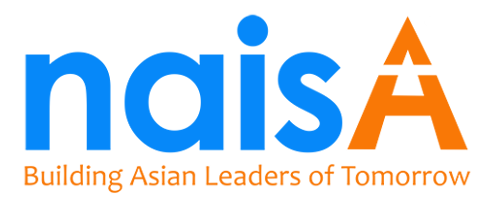JAN
03
The Common Traits of Global Business Leaders
We know the different management styles that exist in both the United States and Asia. The individualistic outlook in the US to a more hierarchical society in Asia. But what are common traits that leaders exhibit, no matter where they come from?
At naisA Global, our interests lie in comparing both Western and Eastern leadership styles and understanding how leaders in America and Asia are created, developed, nurtured, and trained. So, common traits among global leaders is certainly interesting reading for us and our members.
“Cultural differences matter in leadership and the most effective leaders embrace them”, so says former INSEAD Dutch Alumni Fellow, Caroline Rook.
It is the new norm in a work environment to have a multicultural team. Where a leader is from will influence how they interact with their employees. Differences can be blunt and occasionally disheartening.
For instance: shyness might be considered rude in some cultures. Aggression might seem overwhelming to others, even though it’s par for the course where they come from. But leading a global team is about embracing differences, making the right decisions, at the right time, to get the best out of one’s group.
Extensive data research collected through the Global Executive Leadership Inventory to assess characteristics and traits of global leaders and determine whether cultural origins attribute to success, Rook found that successful global leaders all had a vision that was expressed with enthusiasm and confidence. They could connect to their employees with empathy and address their concerns. They created an environment with shared values, open communication, commitment and learning, and they kept the organizational structure flat.
“When we started our research on comparative leadership style across cultures, our hypothesis was that if these are all the common skills, then there should not be any cultural differences,” she says.
But after controlling for other potentially influential factors (among them age, industry, and gender), Rook found that Eastern and Western managers diverged significantly in 4 of the 12 dimensions: Designing & Aligning, Outside Orientation, Emotional Intelligence, and Resilience to Stress.
Different cultures have different perceptions and expectations. So leaders have to adapt their behavior in accordance to what is expected of them or what they interpret as good leadership.
Since expectations of leaders change from country to country, how should those who must, adjust? Rook advocates a holistic approach: “Culture is just one aspect. Take different individuals into account. Where do they come from as an individual? What are their experiences in the workplace? How could that influence their expectations of you as a leader?”
Rook is right in that the realities of a globalized workplace mean it’s unwise for leaders to get too settled in their cultural comfort zone. “What do you do if you have a multicultural team? In many organizations, that is the reality,” she says. “You have people from all across the world in your team and again they have their cultural expectations of leadership. Even though the behaviors are global, as a leader you should approach the individuals that you’re dealing with in an individual manner and pay some attention to their cultures. Deal with your expectations of yourself, but also what their expectations are of you.”
naisA Global is a 501(c)(3) non-profit educational organization dedicated to helping talented young Asian professionals unlock their potential and become great leaders.
- Jamie Sheen
- naisA Global Staff
